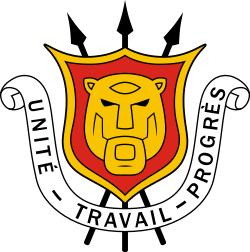 |
|---|
Burundi has a multi-party system, with two or three strong parties and a third party that is electorally successful. Most parties are usually based on ethnic background, representing the majority Hutu or minority Tutsi and Twa groups. Before 1993, Burundi did not have contested multi-party elections.

